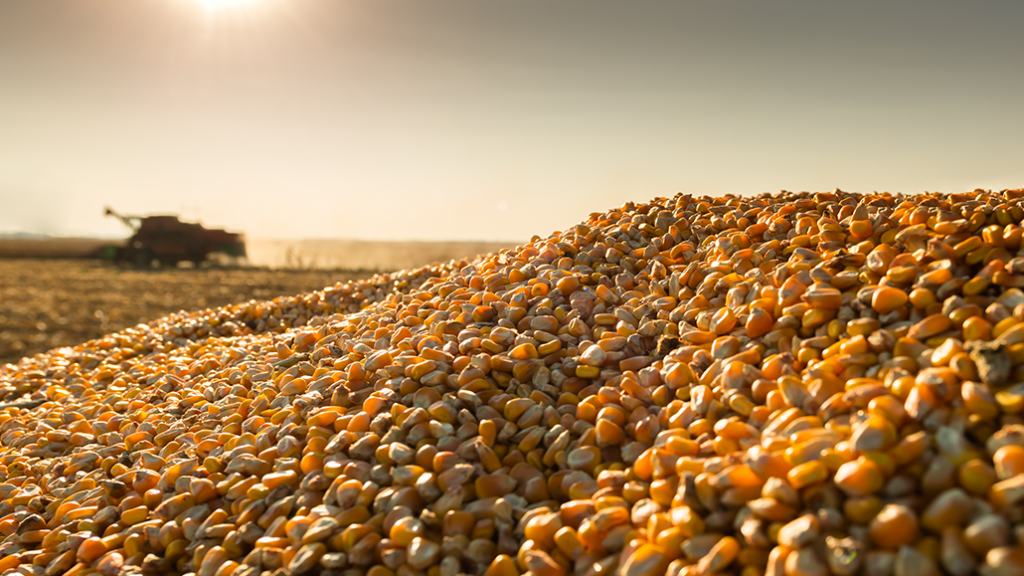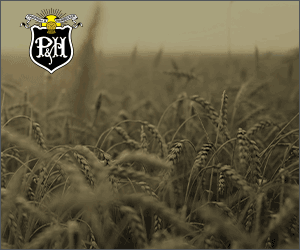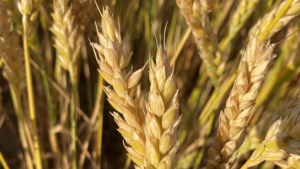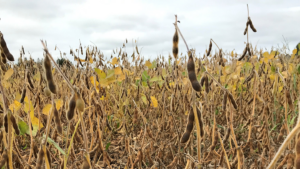Consider your options
GLOBAL UNCERTAINTY WILL IMPACT 2023 CORN MARKETS

IT HAS BEEN a tumultuous year for corn markets around the world and looking into 2023, it looks like more of the same. The Russian invasion of Ukraine in February of 2022 changed the paradigm in agricultural markets sending us to price levels that were hard to imagine in corn, soybeans, and wheat. As we look ahead into 2023, Ontario corn growers will certainly be considering their options on how that crop mix might look going forward. In a world where volatility is to be expected, Ontario corn growers will have to gauge every acre.
It will be that way partly because of the high cost of growing corn going into 2023. Ontario corn growers have the recent memory of doubling nitrogen prices, with tariff costs added on this past spring. That added a couple of hundred dollars per acre onto corn production costs, which surely had some growers thinking about switching to soybeans. As we go into 2023, there will hopefully be some relief from that, especially the tariff part. However, as we look ahead, we are still in wartime markets, which by their very nature can be unpredictable and volatile.
IMPACT OF WAR
The war has affected everything, and no one knows what the future will bring. However, it helped bring $8.50 a bushel of corn off the combine last fall. Corn flirted with the $7 level for a large part of the fall. The December 2023 corn contract will be the one to watch going into the planting season. Ontario corn growers will have to consider how this price might change and what market factors might come together to foster those changes going into 2023.
Some of the questions that we should consider looking at 2023 corn markets will have to do with how much corn is grown in the U.S., the largest corn producer in the world. Last year the U.S. planted approximately 88.6 million acres of corn with a total crop of approximately 13.94 billion bushels, which will be subject to change in subsequent United States Department of Agriculture crop reports. That is a lot of corn, but with futures prices as high as they are, it tells us that demand is very strong for corn, and it will continue into 2023, with each corn futures month ahead of December 2023 being in an inverse position. In other words, corn is in such demand that the market is offering premiums to take delivery of corn right up to December of 2023.
As we head into 2023, those futures markets tell us that the world wants more corn and is somewhat worried about the supply. The
U.S. and China are the world’s largest producers of corn, and other major producers of corn are Brazil, Argentina, South Africa, Russia, and Ukraine. That is one reason the war in Ukraine mattered so much: it is a major producer of corn and a historical exporter of corn. On the other hand, Egypt, the European Union, Japan, Mexico, and Southeast Asia are major importers of corn. In fact, Ontario and Quebec corn producers have benefited from preferential treatment in the European Union market. As we look ahead to 2023, geopolitical and weather events in all these countries will impact our corn prices.
ONTARIO CONSIDERATIONS
It is always important to remind everyone that the Ontario corn economy is diverse. For instance, the production capacity in Ontario is heavily weighted in western Ontario, but because of this, eastern Ontario and western Ontario have different cash market influences. There is a long distance between Windsor and the Quebec border, and corn grown on this stretch can find end users in several different places. In fact, in eastern Ontario, basis levels for corn are often higher than in western Ontario based on markets in Quebec as well as offshore and local livestock feeding opportunities. This should be accentuated in 2023, especially if the Ontario corn export market remains dynamic in Europe.
Last year Ontario farmers grew about 2.3 million acres of corn, which is historically high and likely reaching its ceiling of available acres. Looking ahead, farmers will be considering those high fertilizer costs but also the strong prices for corn realized over last fall and this winter. It is unlikely we will have more than 2.3 million acres in 2023, but with the proper weather, we should still be in the same ballpark. Demand for Ontario corn remains strong for domestic ethanol, feed, and residual use and exporting into the European Union.
Interest rates are up in 2023, and so is the value of the U.S. dollar. However, this has had the opposite effect on the Canadian dollar, which has been fluttering at the 73 cent level in the fall of 2022. As we look into 2023, no one knows what the value of the Canadian dollar will do. There is a significant effect on the value of Ontario cash corn prices with a Canadian dollar at $0.73 versus $0.85 or $0.90 U.S. This will be something Ontario corn growers need to consider as we look into 2023.
WEATHER IMPACTS PRICE
At the end of the day, crop weather is always a litmus test for corn prices. Into 2023 this will not change, with July “hot and dry” during pollination being critical for U.S. and Ontario corn and corn prices. Weather nuances throughout the year will add to the uncertainty.
The challenge for Ontario corn farmers in 2023 is to put all of these marketing factors together. Risk management never grows old. Daily market intelligence will be key, and 2023 will provide many marketing opportunities.
Philip Shaw is a farmer near Dresden and the author of Grain Farmers of Ontario’s Market Trends Report published 14 times per year (available at www.gfo.ca/graintalk). The opinions expressed in this commentary are his own. •











